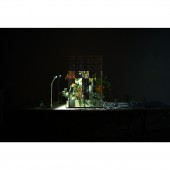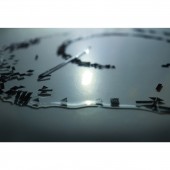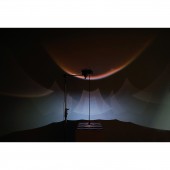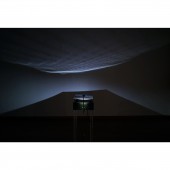transient matters Crafts and Installation by 9+1 |
Home > Winners > #80461 |
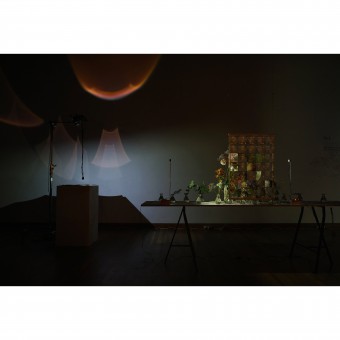 |
|
||||
| DESIGN DETAILS | |||||
| DESIGN NAME: transient matters PRIMARY FUNCTION: Crafts and Installation INSPIRATION: We primarily draw our inspiration from traditional craft techniques such as lacquerware, gold-leaf making, woodcraft and so on, in order to create the 4 modern interpretations of how traditional craft could re-blend with our modern lifestyle and interior environment. Since 2017, we visited traditional craft workshops, which led to our approach to analyze and reconstruct the crafts’ techniques and materials with a modern angle, Our collaboration with craftsmen enables us to experiment with our ideas and co-create the prototypes together. Our team’s diversity and collaboration with craftsmen makes is possible for us to translate those inspiration into high quality luxury items, by blending craft with technology. Artist, engineer, visual designer, scientist, fashion designer and interior designer worked across discipline to make the pieces. UNIQUE PROPERTIES / PROJECT DESCRIPTION: Japan is a country with flourishing traditional crafts, each with more than centuries of history being part of our everyday life. However, due to changes in lifestyles, Japan is in the crisis of losing its own traditions. Aiming to reintroduce crafts to the markets and in reinvolving the younger craftsmen, we explore the possibility of cutting edge traditional crafts which blend in our modern lifestyle, by combining art, design, technology to traditional craft making techniques. As part of this project, we created 4 pieces of installation to be used as part of modern interiors. OPERATION / FLOW / INTERACTION: - PROJECT DURATION AND LOCATION: The project started in September 2017 in Takaoka, Japan and was exhibited in Dutch Design Week in Eindhoven in 2018. FITS BEST INTO CATEGORY: Fine Arts and Art Installation Design |
PRODUCTION / REALIZATION TECHNOLOGY: Urushi is the Japanese name for natural lacquer, an organic substance made from the sap of Urushi tree. The material liquid at first, dries to create a hard antibacterial surface also resistant to heat, acid and water. The history of Urushi dates back to 5000BC in Japan, where it was used as a protective and decorative coating for woodware. Since then, Urushi has always been an essential material in the art of Japanese craft. In this series, we bring attention to the different properties of the Urushi material and propose new ways of using it in a modern context. In term of technology, we used different automated systems for the lighting used in craftscape and craftmove. A composite mixture of urushi lacquer and feroxide was created to make craftmove. SPECIFICATIONS / TECHNICAL PROPERTIES: <Craftprism> W500 x D10 x H700 <Craftmove> W1000 x D1000 x D1000 <Craftscape> W300 x D500 x H1000 <Craftscape2> W600 x D600 x H2000 TAGS: Japan, Craft, Installation, Material Science RESEARCH ABSTRACT: - CHALLENGE: - ADDED DATE: 2019-02-27 13:23:46 TEAM MEMBERS (4) : Yoichi Sakamoto, Yuko Sakamoto, Nanami Nakamura and Jun Kamei IMAGE CREDITS: Image #1: Craftprism Designer : Yuko Sakamoto / Craftsman : Takaaki Yamamura Image #2: Craftmove Designer : Nanami Nakamura / Craftsman : Takaaki Yamamura Image #3: Craftscape 2 Designer : Youichi Sakamoto / Craftsman : Takaaki Yamamura Image #4: Craftscape Designer : Youichi Sakamoto / Craftsman : Takaaki Yamamura |
||||
| Visit the following page to learn more: https://craft-tech.org | |||||
| AWARD DETAILS | |
 |
Transient Matters Crafts and Installation by 9+1 is Winner in Fine Arts and Art Installation Design Category, 2018 - 2019.· Read the interview with designer 9+1 for design transient matters here.· Press Members: Login or Register to request an exclusive interview with 9+1. · Click here to register inorder to view the profile and other works by 9+1. |
| SOCIAL |
| + Add to Likes / Favorites | Send to My Email | Comment | Testimonials | View Press-Release | Press Kit |
Did you like 9+1's Fine Art Design?
You will most likely enjoy other award winning fine art design as well.
Click here to view more Award Winning Fine Art Design.


